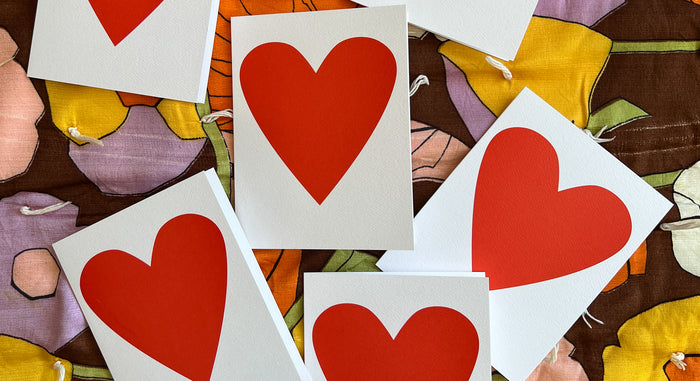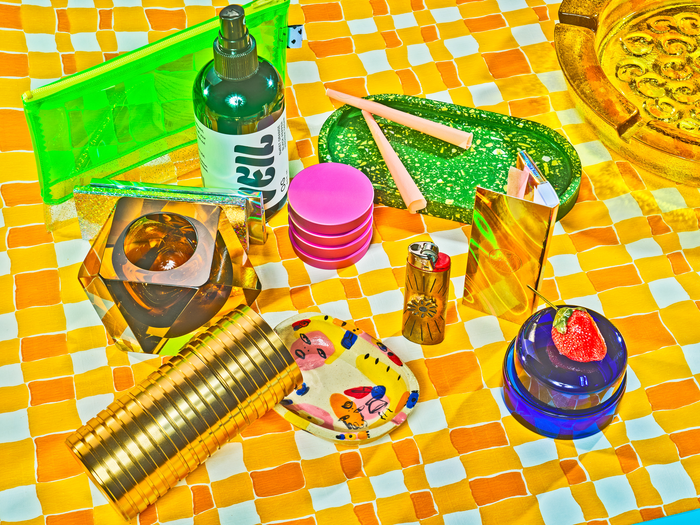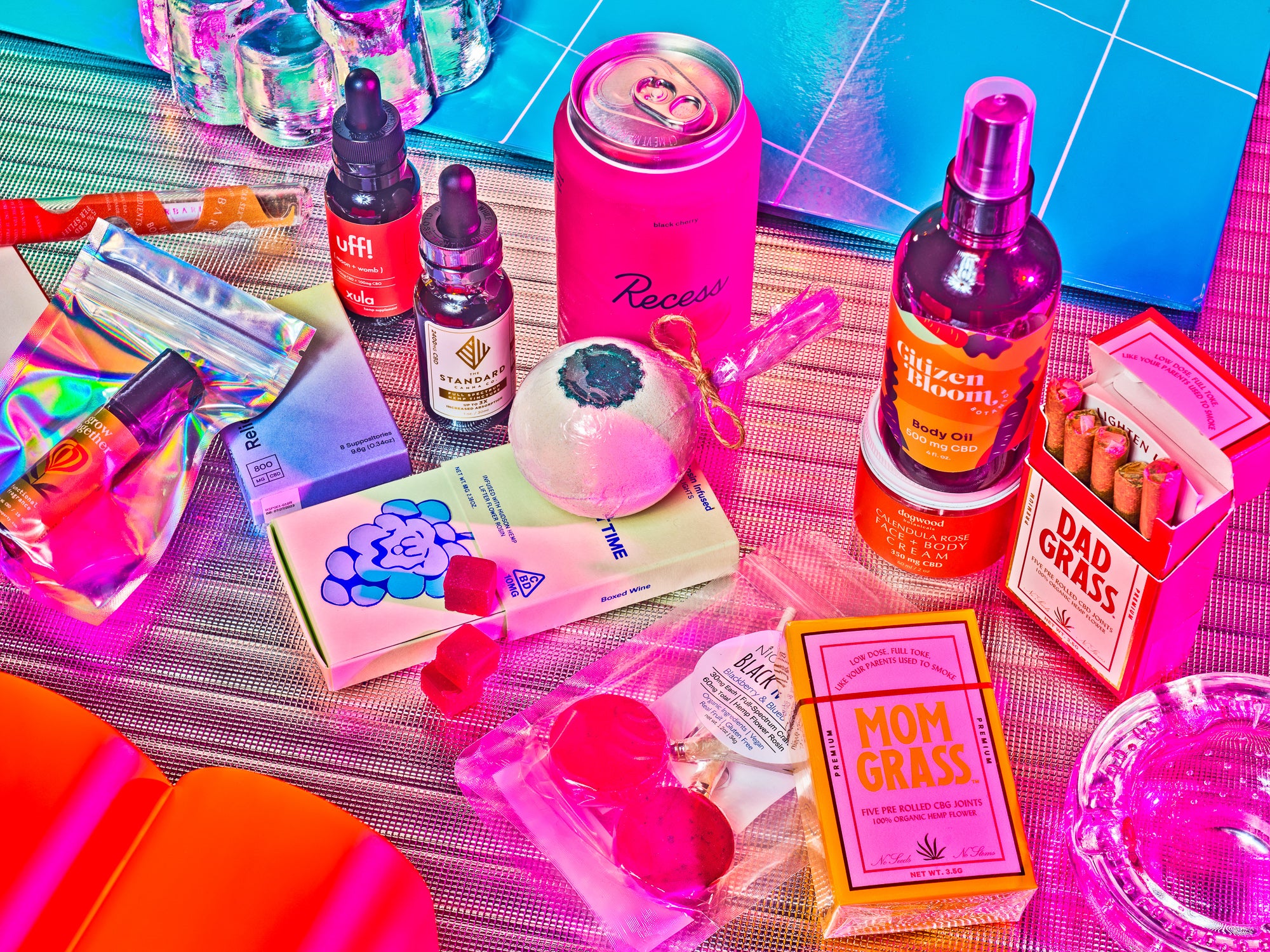· By Jay Nathan
Two cannabinoids, both alike in dignity, in fair United States, where we lay our scene.
From ancient harmony break to new mutiny, Where civil legislation makes civil hands unclean.
Star-Crossed Lovers
THC and CBD were once great lovers living in harmony and abundance around the globe. Cannabis strains known as landraces contained multitudes—a bounty of mellow CBD and a dash of intoxicating THC, two vibrant cannabinoids within a community of dozens of chemical compounds, all united in a single plant to create something cohesive and beautiful.
These landrace strains grew wild and free in regions now known as Mexico, Thailand, Columbia, Tanzania, and the mountain ranges between Afghanistan, India, and Pakistan. Each plant embodied its own balance of relaxing CBD and euphoric THC, and all those plants intermingled over generations until every region had its own suite of strains. Elevation, rainfall, and temperature influenced the CBD and THC levels, and the lovers’ opposites attracted curious and grateful humans for thousands of years.
Then the United States government, in its youthful hubris, enacted the Marihuana Tax Act in 1937. The law effectively made cannabis illegal throughout the country in all forms, and this stigma spread through many parts of the world, influencing people and governments that had previously embraced the plant.
CBD and THC spent decades yearning for each other, reuniting inside a smoldering joint passed around a New York jazz club, or nestled in a brownie baked for an ailing patient in San Francisco. Prohibition buried their love underground, but at least they had each other.
A wave of legalization began in the U.S. in 1996 when medical cannabis was legalized in California. When the plant became recreationally legal in Colorado and Washington in 2012 anyone in those states could embrace their love.
Joyous news for humans, but the beginning of an era of separation and longing for dear CBD and THC.

What Keeps Them Apart
During the dark decades of cannabis’ forbidden love, brave humans grew the plants in secret. In order to minimize the risk and maximize the profits needed to sustain the clandestine grow rooms, humans selected plants that were highest in THC.
Growers bred cannabis strains with higher and higher levels of THC, but meanwhile, there was less and less room for CBD and the dozens of other cannabinoids that give the plant its most beautiful and complex properties.
Today, most dispensaries in legal states only offer high-THC flower that contain almost no CBD. For example, the hybrid strain Sundae Driver contains an average of 28% THC and only 0.1% CBD. The U.S. government has declared these cannabis plants “marijuana.”
Yet in prohibition states that abide by federal cannabis laws, a plant can have no more than 0.3% THC. There are no restrictions on the percentage of CBD, CBG, or any of the other cannabinoids. The U.S. government has declared these cannabis plants “hemp.”
Alas, these long lost lovers are the same species, Cannabis sativa. Some CBD and THC strains look, smell, and taste nearly identical because they share so many characteristics, with the exception of the elevating effects of THC.
If you think about it, a legal distinction based on the amount of THC in a particular plant can be likened to variations in any other plant you’d find in the garden. Imagine if it were legal for everyone to enjoy unlimited cherry tomatoes, but eating a beefsteak tomato was a crime depending on what state you slice it in.
Don’t despair, we humans still have the power to reunite these long lost lovers. We can create our own harmonious balance of cannabinoids by combining CBD and THC (and now federally legal THCA) in our grinders. We can roll joints, pack pipes, and enjoy delicious edibles with CBD:THC ratios that offer the effects we seek.
These acts of rebellion keep an epic romance alive.

Stronger Together
What makes CBD and THC so dynamic? Their chemistry and ours.
When humans smoke or dry vaporize cannabis flower, we fill our bodies with hundreds of botanical compounds. Each compound is unique and interacts with the others to create a complex kaleidoscope of physical and mental reactions. This is often called “the entourage effect.”
THC binds to CB1 receptors located throughout our bodies, and those bonds can produce a range of intoxicating effects from energized euphoria to blissful sleep. CBD binds to CB2 receptors also found throughout our bodies, but those bonds produce a more clear-headed experience with physical and mental effects that build slowly in the body with continued use.
Emerging science supports the theory that the entourage effect can have a significant impact on how humans process a wide range of physical and emotional experiences, from pleasure and energy to inflammation and pain.
In a 2010 study published by Journal of Pain and Symptom Management, patients with cancer pain were given either a pure THC extract or an extract containing both THC and CBD. Twice as many patients taking the THC:CBD extract showed a reduction of more than 30% from baseline pain compared with placebo, yet the number of THC group responders was similar to placebo.
Scientists are beginning to document what humans around the globe have known for centuries: the love between THC and CBD is strengthened by the other cannabinoids that exist within the plant, such as CBG and CBN and aromatic compounds called terpenes. Terpenes are abundant in cannabis flower as well as botanicals like lavender, eucalyptus, citrus, and black pepper. In cannabis, all of these components can be combined in a myriad of configurations, giving humans a range of effects from mild to mind-blowing, scintillating to soothing.

Reunited and it Feels So Good
It may not seem like it at first glance, but our lovers have found each other once again in North Carolina.
High-quality CBD flows through the state like rain down the mountainsides, offering our CB2 receptors gentle relief and relaxation. At long last, our CB1 receptors are quenched now that we can enjoy the federally legal intoxication of solventless D9 THC edibles and THCA flower.
CBD and THC have been reunited and their love is stronger than ever. We’re learning new things about ancient cannabinoids like CBG and CBN, and how they can unite with dozens of other compounds to create an entourage effect that’s mightier than any one cannabinoid alone.
We as humans can reunite these cannabinoids by filling our grinders with a pinch of CBD, CBG, and federally legal THCA in any ratio we like. We can choose the flower that suits our needs and rituals, nourishing our minds and bodies so they may bloom alongside the plant’s abundant love.

Illustrations by Jess Wassil for Garden Party.



